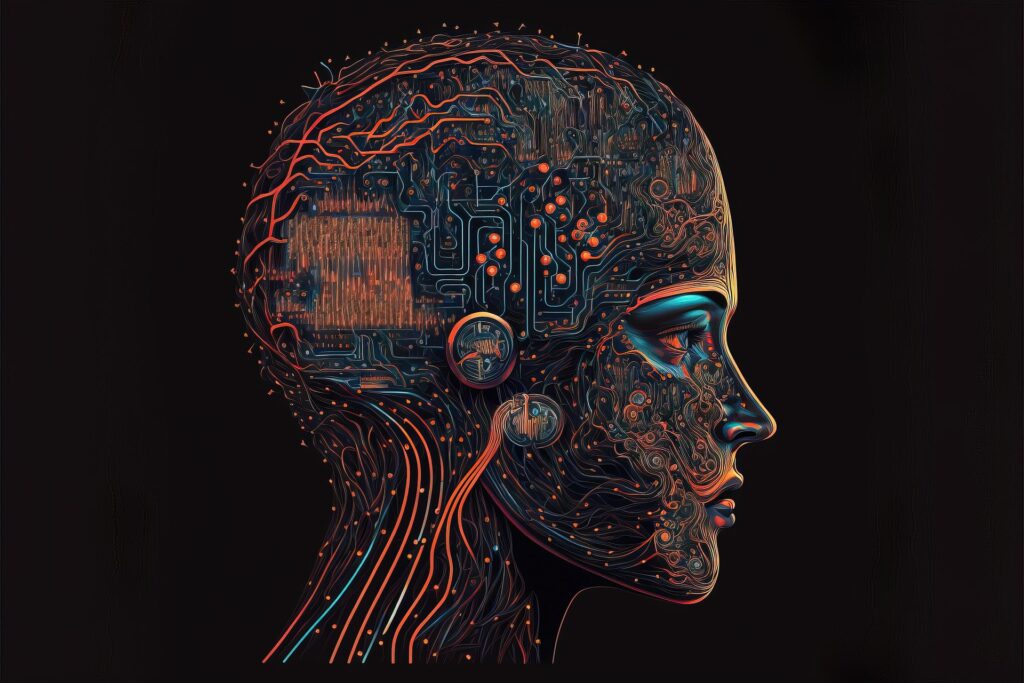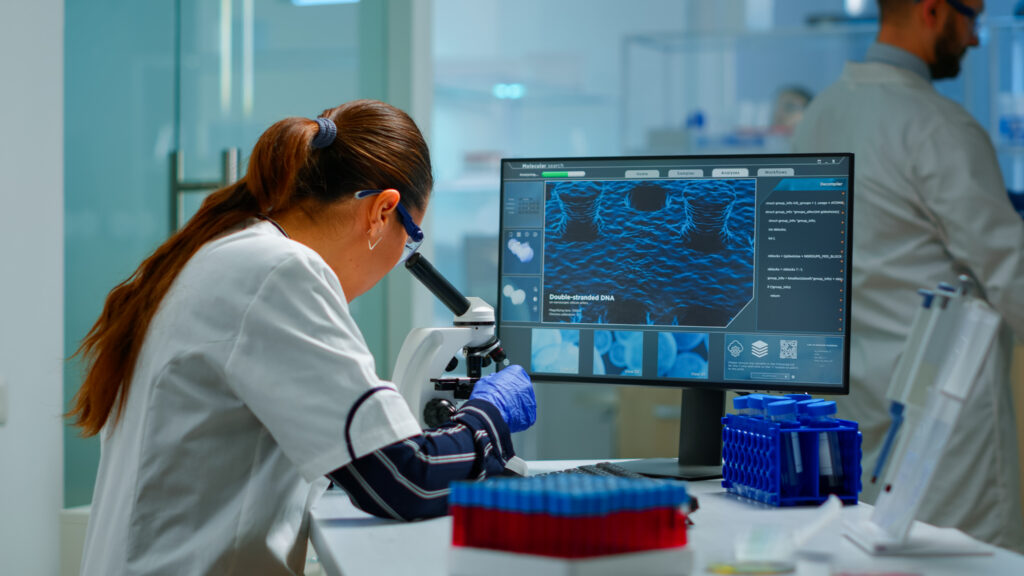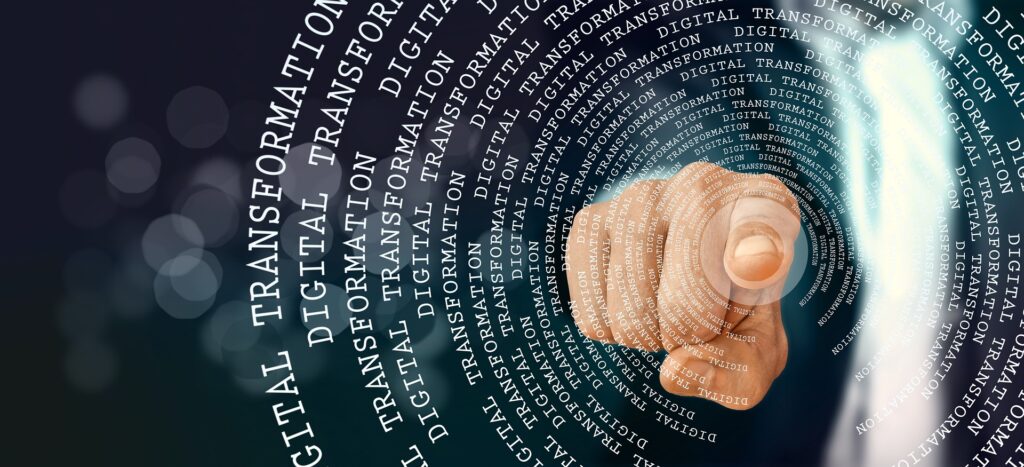What is Generative AI?
Generative AI changes the world of technology and provides unmatched capacity in all industries. The new artificial intelligence fields allow new materials, such as lessons, pictures, music and videos, that have been trained to them. By improving customer interactions in tools such as Midzoni and Chat GPT -4, Generative AI leads Innovations when it comes to generative AI functionality and creativity. Let’s learn more about how generative AI is changing and changing the future.
Generic AIS can be defined as algorithms designed to create new, original material after learning other data. Traditional AI, contrast, emphasizes data analysis and interpretation, but generative AI special experts on creating new, new outputs as a teacher of data. Some primary examples include:
- Generative advertising network (GAN): GAN are two competitive models that work together, such as images and videos to create realistic materials.
- AI Chatbots: Tools such as Chat GPT -4 are AI -OPPERED CALCULATION PROGRAMS COUNTRY FOR HUMAN CALAN, MAKE LESSON REACTIONS, answers questions and even helps write material.
- Midjourney: It is a computer program that is particularly good in creating very detailed and creative images from text details with unlimited design, art and construction capacity.

Current Trends in Generative AI
1. AI operated creative material generation
Generative AI changes material construction in many industries. AI applications such as Chat GPT-4 are able to create quality materials, such as articles, blogs and product details. AI Chatbots, powered by generic models, can now participate in intelligent calls, answer questions and even generate code.
For example, tools like Midzoni change visual art by allowing users to create high quality images from the original text input. It creates new opportunities for designers, advertisers and artists, who find new ways to express their ideas.
2. AI in Health Service: Rose in Research and Drug Development
Generative AI has a significant impact on the medical field. The AI system is used to simulate chemical reactions and predict the effect of drug compounds, which increases the discovery of the drug. AI models can also generate synthetic medical data, which can be used for research without humans.
Generative AI also increases medical imaging with more accurate and clear images for diagnosis. These advances also result in rapid and more reliable treatments in the future.
3. With personalization and marketing generic AI
In marketing, AI -Chatbots and Generative Tools such as Chat GPT –4 companies help provide very optimized customer experience. With AI, violent materials are able to create individual taste, providing a unique experience that appeals to each user.
Generative AI also increases customer service. AI -Chatbots based on advanced models such as Chat GPT -4 can answer complex customer questions, recommend products and provide real -time assistance, customers can increase the connection and satisfaction.
4. Revolution in entertainment with AI
Nevertheless, another industry is where generative AI waves create the entertainment industry. Through units like Midzoni, AI can produce fantastic images that help filmmakers and designers to produce innovative sets, characters and the world. Generic AI can also produce music, produce deep freaks that may not be different from real people, and even generate film scenes based on text details.
It changes the presentation of skill materials, and it is activated to spread the limits of creativity by reducing the production costs of filmmakers and material producers.
5. AI in education and personal learning
Personal AI is used to provide personal learning experiences in education. AI can facilitate students who learn at their own pace by creating quizzes, tasks and interactive lessons. AI Chatbot is also becoming increasingly central to learning material by answering questions, summarizing ideas and even helping with homework.
In the training field, AI -based simulations provide users with a real landscape, where they can practice and learn in a safe environment, be it in therapy, engineering or any other technical field.
Challenges and moral questions
Although the goal of Generative AI is very large, some challenges and moral concerns are solved. For example, the DeepFec technique allows a person to create fake videos or images, which can be used for fraud and misinformation. Realistically, a furious debate is related to the moral use of Liberal AI to create false material yet.
In addition, there are intellectual property and author problems, especially when original functions are made using AI tools. Who owns the rights to the work made by AI? It is currently subject to legal and moral disputes.
Liberal AI future
- In the future, the future of Liberal AI is light. As technology develops, we can estimate even more powerful AI models that can create even better materials with greater accuracy and creativity. There are some trends to look like:
- AI human cooperation: The next generation of Generic AI will experience more interaction between human-AI, AI will facilitate creative efforts, but will keep the door open to human input and guidance.
- More personalization: From more advanced generative AI-controlled marketing campaigns to product suggestions, will improve the ability to generate personal materials in bulk.
- Moral principle for AI: With the increasing use of generic AI, it will be necessary to develop moral guidelines to ensure that this technique is used in a responsible manner.
References:
- “Generative Adversarial Networks (GANs)” – MIT Technology Review
- “AI Chatbots and Their Impact on Customer Experience” – Forbes
- “Exploring MidJourney and the Future of AI-Generated Art” – TechCrunch




Pingback: GenAI Skills in High Demand Across Indian Job Market